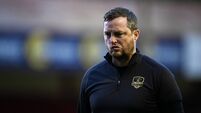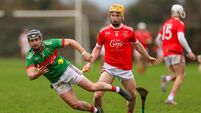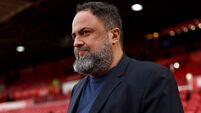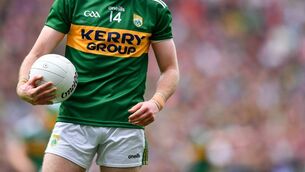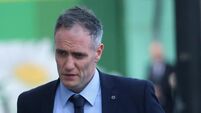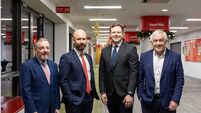Marcus O’Sullivan: ‘You never put things in front of you that let you think you’ve arrived’

Three decades on, the sound still lingers – the deep, droning din of air horns echoing around the arena. It bounced off the walls, ricocheted down onto the track and breached the focused cocoon of Marcus O’Sullivan’s mind, a gentle reminder at a pivotal time that there are no supporters quite like the Irish.
It was Sunday night in Budapest, March 1989, and the Cork athlete had just stepped on the track for the men’s 1,500m final at the IAAF World Indoor Championships.







